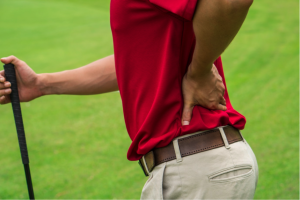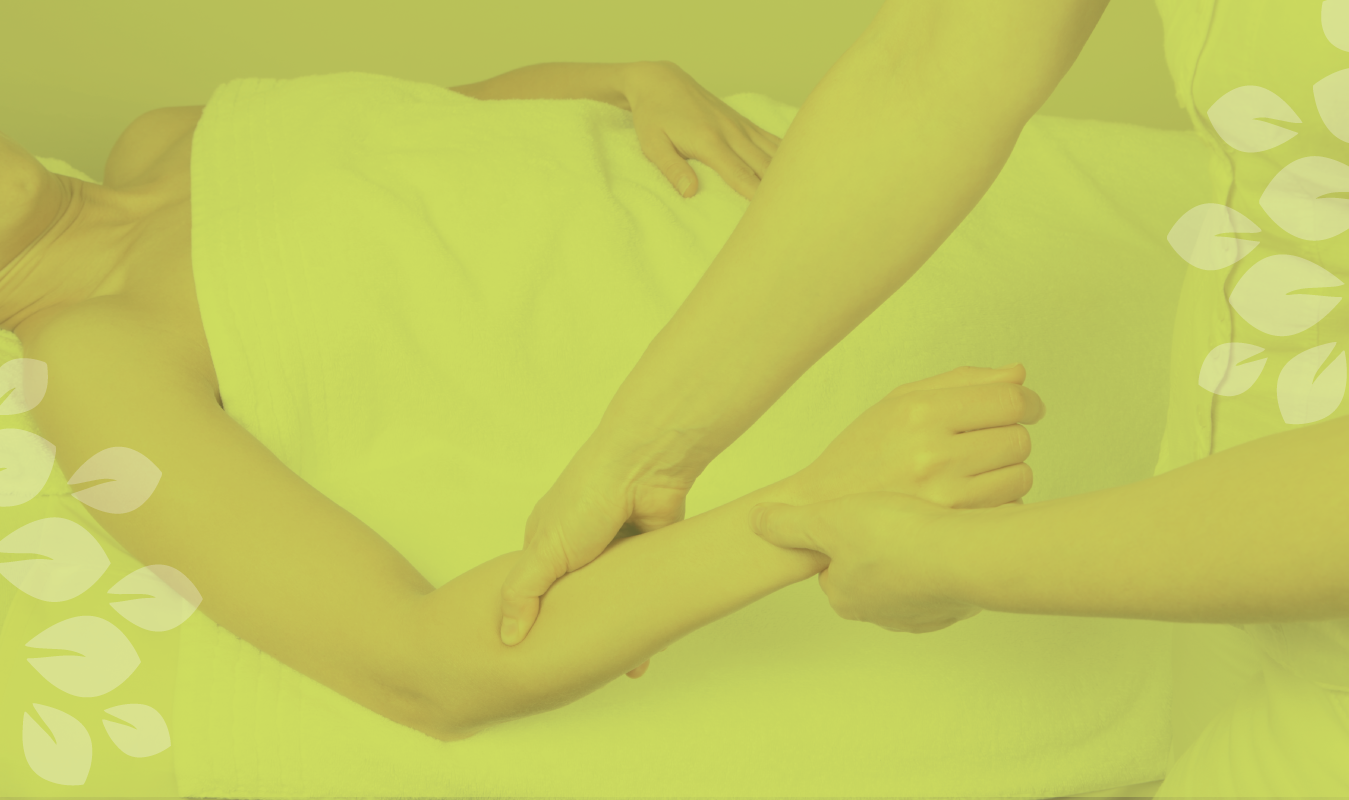28 May Real Causes Of Low Back Pain – Part One
Real Causes Of Low Back Pain
Real causes of low back pain.
Over half of patients who come to me with back pain have been either from shown exercises by personal trainers and/or from activities without enough stability for their low back and pain developed as a result. I am a supporter of personal trainers but they must understand the mechanics behind back pain if they want to be effective in helping resolve back pain. There have been a myths created around back pain causes and here are some of them. All information is fully researched and supported by biomechanical professor Stuart Mc Gill.
I will divide this onto 2 sections one delivered per week.
Myth 1: back pain is linked to tight hamstring muscles.
Tight hamstring muscles are a symptom of back pain and not a cause. When hamstring muscles tightness reduces so does back pain. If one hamstring muscle is tight this can influence back pain and also affect pelvis mechanics. This is most noticed in athletes and sports people.
Myth 2: lying in bed is good for your back pain.
Actually lying in bed causes more back pain that it resolves. We are taller in the morning than in any other part of the day, this is because our disks rehydrate overnight and increase in height and this pushes vertebrae away from one another. Problems arise from when we spend too much time in bed and allow discs to absorb more fluid and cause pain.
Myth 3: daily workouts at gym will get rid of my back pain. Workouts are there to preserve your back and not interfere in that process. Doing daily workouts increases the cumulative stress on your back especially onto your discs. Repeated movements at gym followed by periods of inactivity and poorly executed movements will stress your back more having a damaging effect on discs.
Myth 4: yoga and Pilates are great ways to reduce back pain.
Many doctors tend to advise doing Pilates and yoga or patients have heard that Pilates and yoga can help without fully understanding mechanism of injury and instructors in these exercises routines don’t fully understand mechanics of injury and what specific structurally in affected in patient to design or offer advice on what to do to help. There is no such thing as one beneficial routine to solve all back pain and in my view this is not responsible behaviour.
Pilates has some major issues associated with it. 1. Is to flatten the spine to “imprint” the lower back into the floor when lying down. This provides a false sense of relief going through this motion but relief is not lasting and the stress is returned to the discs with vengeance. It disrupts the spine from its neutral position and reduces the natural curves of the spine which is not healthy. The other aspect of Pilates that I don’t like is the “roll-up”. This is the same as sit up movement which has been researched and found to not be beneficial for back health placing unneeded strain through the moving spine.
Information taken from Stuart Mc Gill’s work over the past 30 years of human biomechanical study. He also is a published author of human biomechanical books and research papers.



